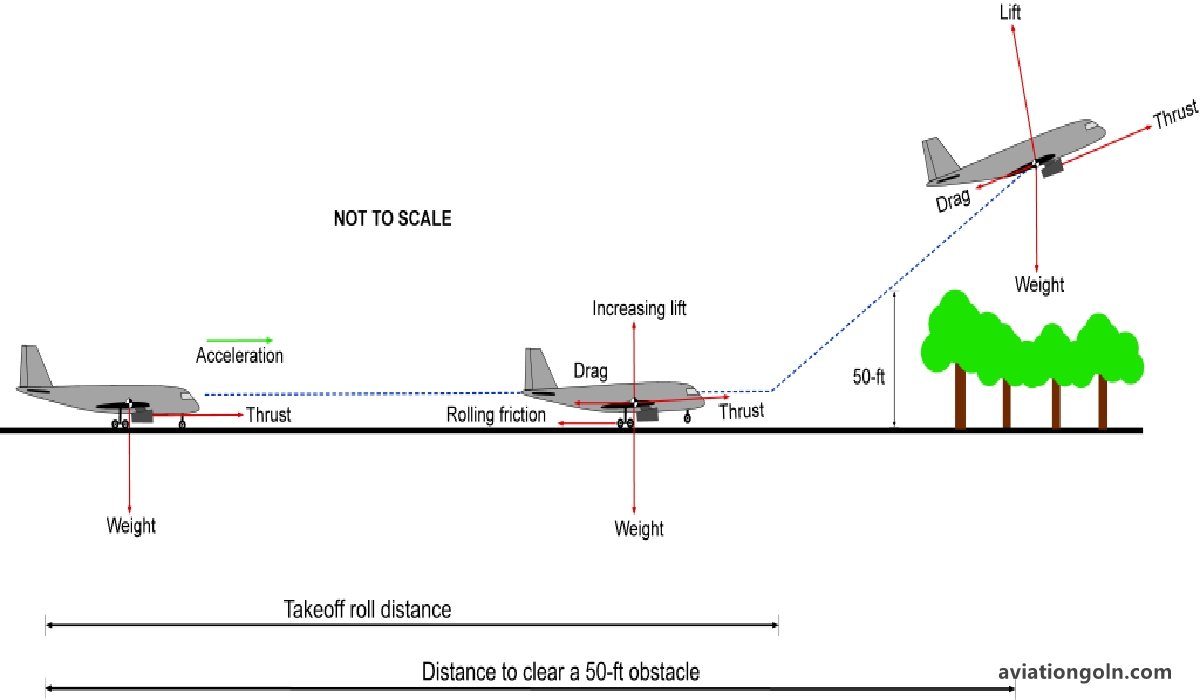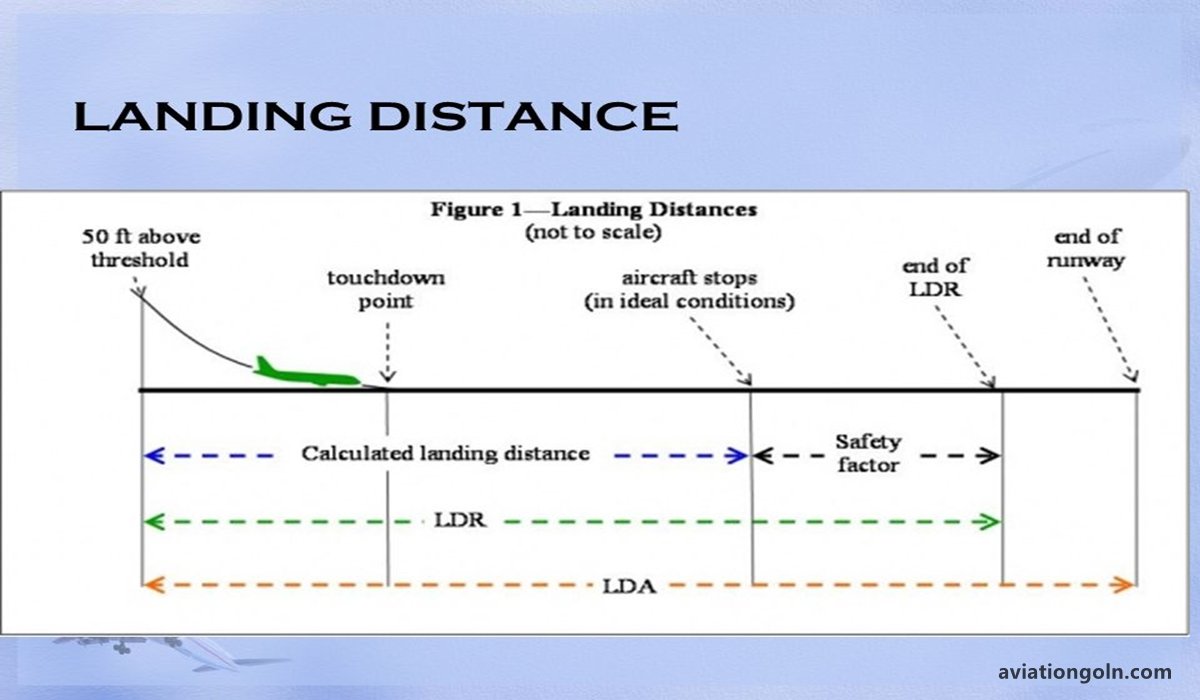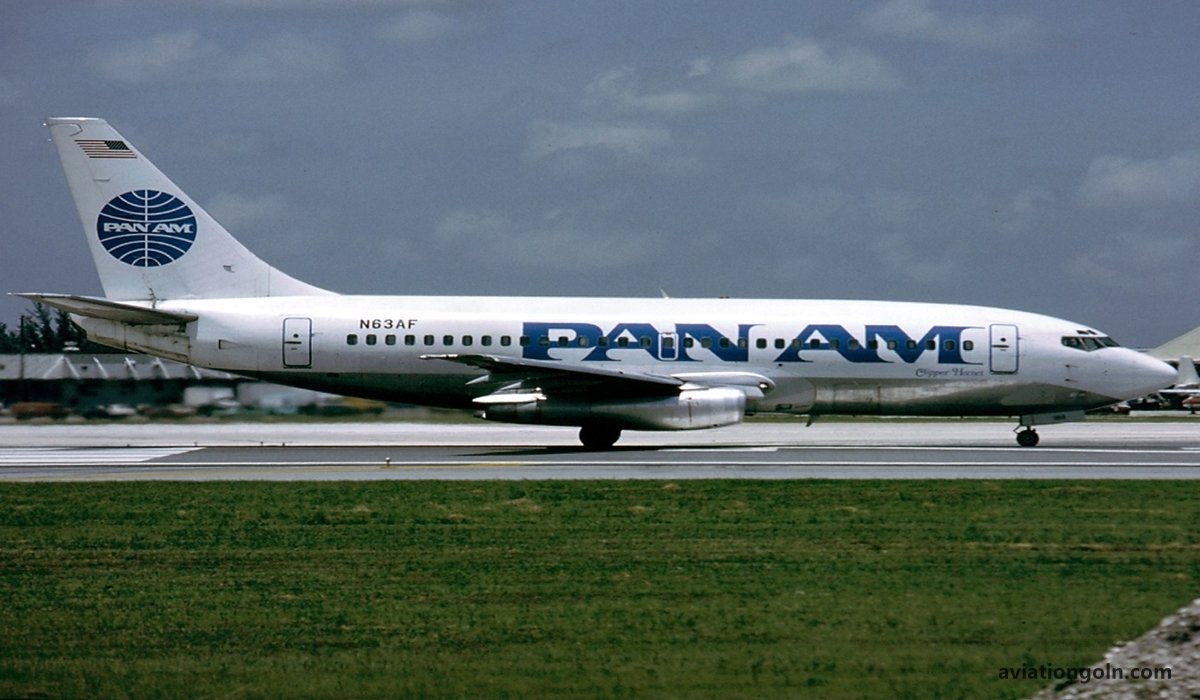Takeoff and Landing Performance: Takeoff and landing are two of the most critical phases of an aircraft’s flight. Ensuring safe and efficient performance during these times requires understanding numerous factors and conditions that can influence an aircraft’s capabilities. This article delves into the complexities of takeoff and landing performance, exploring how different variables come into play and why they’re crucial for pilots, engineers, and aviation enthusiasts to understand.
Takeoff and Landing Performance: Aircraft Performance

1. The Fundamentals of Takeoff Performance
- Rotation Speed (Vr): This is the speed at which the pilot initiates the rotation of the aircraft, raising the nose off the ground. Reaching Vr ensures that the aircraft has attained sufficient speed to achieve the necessary lift for takeoff.
- Takeoff Safety Speed (V2): This is the speed an aircraft must achieve before reaching the end of the runway to ensure safe climb in case of an engine failure.
- Ground Roll Distance: The distance an aircraft travels on the runway before becoming airborne. It is impacted by factors such as aircraft weight, engine thrust, wing configuration, and external conditions.

2. Factors Affecting Takeoff Performance
- Aircraft Weight: As the weight increases, the aircraft requires more distance to achieve the necessary speeds (Vr and V2) for takeoff. This is because a heavier aircraft needs more lift to overcome gravity.
- Wind Conditions: Headwinds, or winds blowing directly against the aircraft, can effectively reduce the ground speed required for takeoff. In contrast, tailwinds, blowing in the direction of travel, can increase the necessary ground speed and distance.
- Runway Surface and Slope: A wet or icy runway can increase the distance needed for takeoff due to reduced friction. Conversely, a dry runway provides optimal friction conditions. An upslope on a runway increases the takeoff distance, while a downslope reduces it.
- Air Density: Often referred to in terms of density altitude, air density diminishes as altitude and temperature rise. Lower air density means the aircraft requires more speed to generate the same amount of lift. This, in turn, necessitates a longer runway for takeoff.

3. The Fundamentals of Landing Performance
- Approach Speed (Va): This is the speed at which an aircraft approaches the runway for landing. It’s slightly higher than the stall speed to provide a safety margin.
- Threshold Speed (Vth): The speed at which an aircraft crosses the runway threshold during landing.
- Ground Roll Distance: The distance an aircraft travels on the runway after touchdown. This is when it decelerates to a complete stop.

4. Factors Affecting Landing Performance
- Aircraft Weight: Heavier aircraft generally have higher approach and threshold speeds, requiring a longer distance to decelerate and stop.
- Wind Conditions: A headwind during landing can reduce ground speed and consequently the ground roll distance. A tailwind has the opposite effect, increasing the required landing distance.

- Runway Surface and Slope: As with takeoffs, landing distances are affected by the runway’s condition. Wet or icy runways can lengthen the ground roll due to reduced friction, while dry runways or those with a positive slope (uphill) can decrease the landing roll.
- Braking Systems: Modern aircraft employ various braking systems, including wheel brakes, spoilers, and thrust reversers. Efficient operation of these systems can considerably reduce the landing roll distance.

5. Considerations for Safe Takeoffs and Landings
- Performance Charts: Pilots rely on performance charts provided by aircraft manufacturers. These charts offer data on required distances for takeoff and landing under various conditions.
- Contingency Planning: Pilots must be prepared for scenarios like engine failures during takeoff. This involves understanding when to abort a takeoff or how to manage a single-engine climb.
- Environmental Considerations: Factors such as wildlife (bird strikes), obstacles near the runway, or changing weather conditions can dramatically influence takeoff and landing decisions.

6. Technological Advancements and Performance
Modern aircraft come equipped with advanced systems that assist pilots during takeoff and landing:
- Ground Proximity Warning Systems (GPWS): This system alerts pilots if the aircraft is in immediate danger of flying into the ground.
- Head-Up Displays (HUDs): HUDs allow pilots to view crucial flight data without looking down, ensuring that their primary focus remains outside the cockpit, especially during critical phases like landing.
- Anti-Skid Systems: These systems prevent the aircraft’s wheels from locking up during heavy braking, reducing the risk of skidding and maintaining better control during the landing roll.

The intricacies of takeoff and landing performance are vast and multifaceted. A thorough comprehension of these processes is vital for pilots to ensure the safety of passengers, crew, and the aircraft itself. By understanding the numerous variables at play, and with the aid of modern technology, aviation professionals can make informed decisions that cater to both efficiency and safety. Whether you’re an aviation enthusiast, a budding pilot, or just a frequent flyer, appreciating the complexities of these critical flight phases offers a deeper understanding and appreciation of the marvel of modern aviation.
